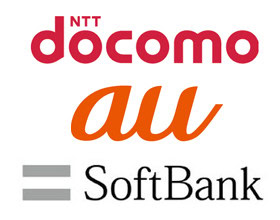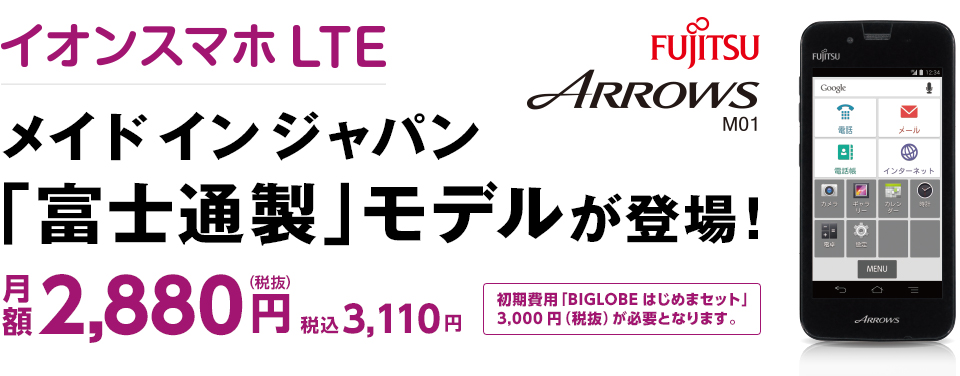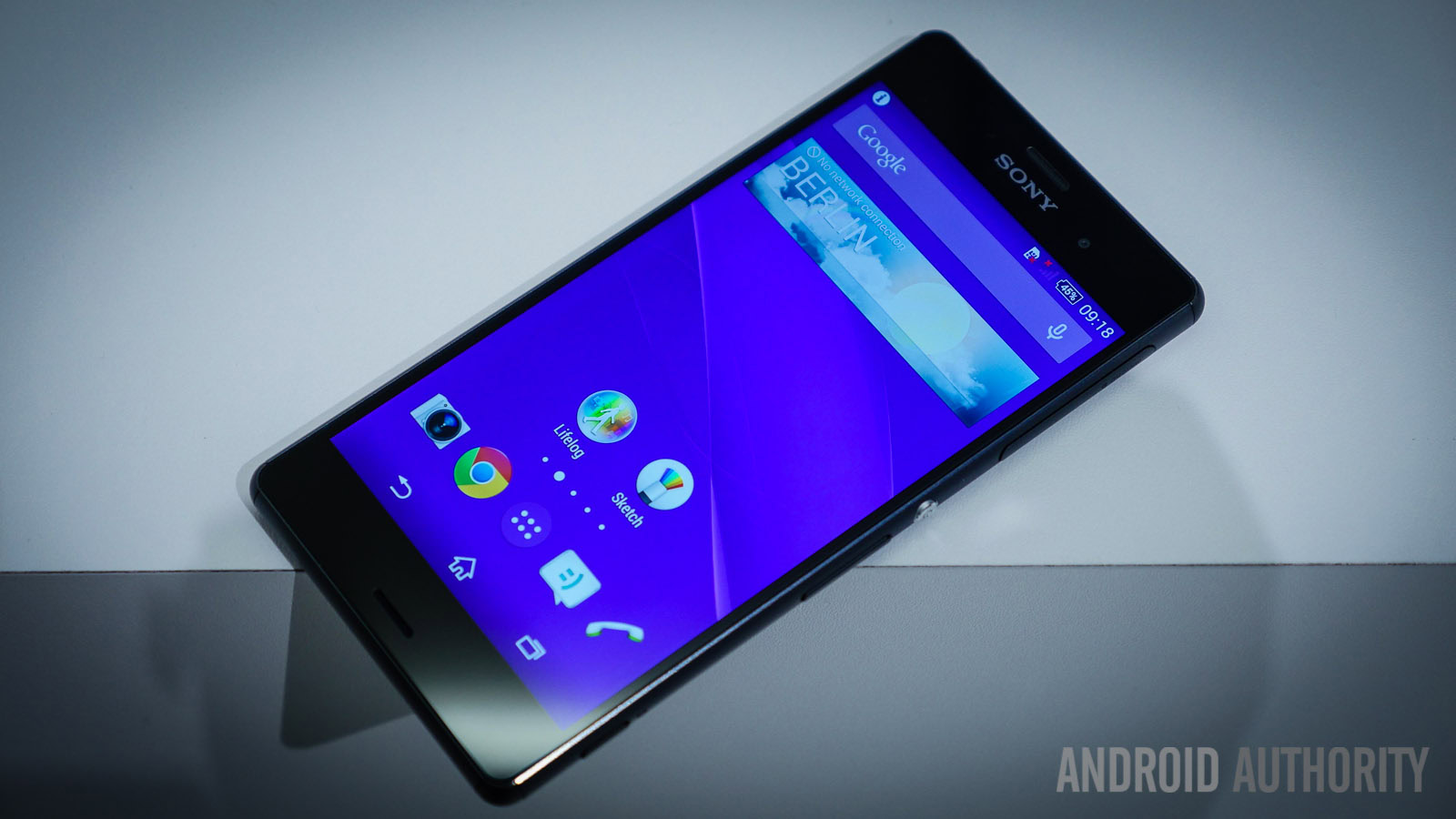Affiliate links on Android Authority may earn us a commission. Learn more.
Upcoming VAIO smartphone could help reshape Japanese market

Once upon a time, Sony was King of the Hill, offering new and exciting products, concepts, and form factors to an endless array of electronics. Fast forward to April 2014 and the unthinkable sale of the VAIO brand to Japan Industrial Partners (JIP).
Although Sony retains a 5% minority share in the new “VAIO Corporation”, just a quick stroll down the aisle of a major electronics store here in Tokyo will serve as a sad reminder of days gone by, as the Sony logo is absent both from branding and displays. Still, JIP has a difficult task of building (back) the VAIO brand: as of yet, the only two products it offers are essentially the same as those which Sony released, although that’s about to change.
Set to release in Japan next year, the VAIO smartphone line might be a bit of a surprise for what it’s not going to be, given the brand’s pedigree: top-of-the-line. While little is known about the specs of the new device (set to launch as early as January), The Nikkei has reported that it will have a 5-inch screen, and that, “price including service charges has yet to be set but will likely fall between that of major brands and the low-priced handsets already in the market.” Additionally there are plans to “feature an app that can manage email as well as phone and video calls all together.”

The device will be sold by local MVNO (mobile virtual network operator), Japan Communications, which provides pre-paid service under the brand name “b-mobile”, and which leases bandwidth on NTT docomo’s wireless network. Manufacturing for the VAIO smartphone will be outsourced, thus further reducing the cost burden on the fledgling VAIO Corporation.
While the prospect of a mid-range VAIO phone might not be that enticing to those overseas, it stands to have an enormous impact in Japan, where the brand name still has a major “mindshare” in the heads — and hearts — of Japanese consumers. Perhaps more importantly however, it also stands to be at the forefront of a major shift that is about to occur with the mobile market here at-large.

For years now, Japan’s government has been trying to allow consumers the freedom of choice with wireless communication, despite the best efforts of the “big three” (carriers) who have actively sought to keep things the way they have always been. At the moment, only NTT docomo will “unlock” phones (for a fee of course, of about $30), and even then the effort provides questionable benefit for the average consumer, as “unlocking” will only allow for the insertion of non-Japanese SIM cards. For all intents and purposes, the devices are very much locked, and thus only benefit Japanese citizens traveling overseas and eBay sellers.
Finally, however, things are set to really change. As a result of new legislation, The Nikkei reports that, “starting in May, Japan’s communications ministry will require that handsets be sold unlocked so they can work with the SIM cards of any carriers. The move is expected to prompt many users to switch from major carriers to MVNOs, which the ministry expects will double their service contracts to 15 million in 2016.” Indeed the past year has seen a large number of MVNOs crop up, and more recently, even local stores are partnering with MVNOs to create brand-new services, such as the collaboration between shopping chain Aeon Retail, ISP/MVNO Biglobe, and Fujitsu to release the Arrows M01 as part of the new Aeon Mobile product line-up.

With the new legislation in-tow, consumers will have an incredible amount of choice not just among carrier offerings, but among these MVNO products as well, which stand to be significantly cheaper in terms of running costs: a standard 2-year contract with NTT docomo costs about $80 a month, and includes the now mandatory “unlimited calling” plan, 2GB of data, and a monthly device installment. Things can get much more expensive should the customer want more data (the 8GB plan will tack on an extra $30 or so). In the event they don’t want to sign a two year agreement, the aforementioned monthly fee will increase by $20. Even should the customer want a data-only plan (i.e. no voice calling), the running cost will be about $70. MVNOs provide much cheaper service, often require no subscription at all, and use the same network.

Still, even with all the positive potential pending, as The Nikkei points out, “Vaio is rather late to enter the market for cheaper smartphones, products that many Chinese, South Korea companies and startups are already offering. But it contends that it can still capture demand by offering a handset with superior design for a reasonable price.” Given the potential for major MVNO growth in Japan next year, and coupled with the Japanese love for domestic products (especially Sony), there is a good chance the VAIO smartphone will garner a fair share of interest. Of course given that Sony itself has its Xperia line, how far that interest goes will remain to be seen.